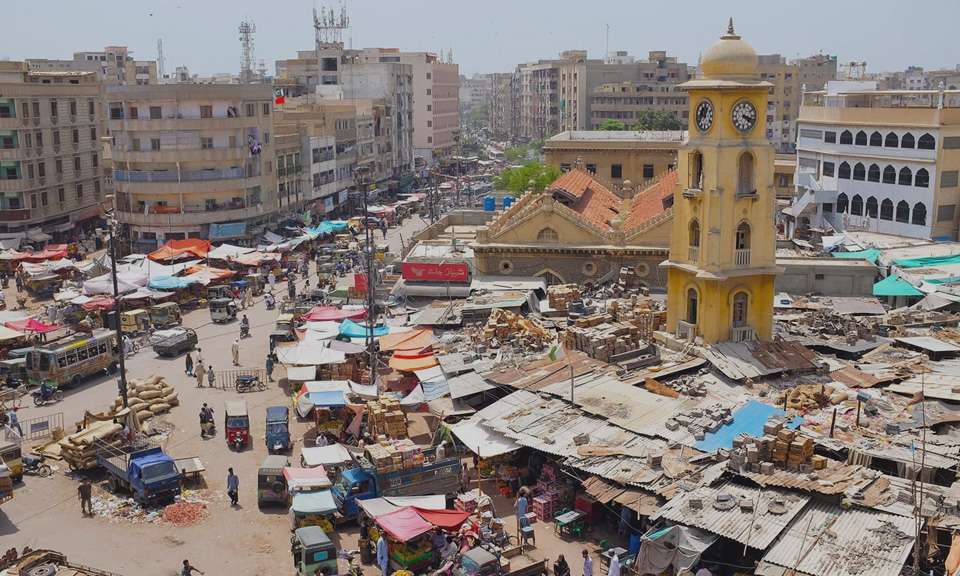Pakistan is grappling with a severe economic downturn, high unemployment, and political instability. The country’s economic and social issues are largely attributed to the Pakistan Democratic Movement coalition government’s election year policies, such as exchange rate caps and import controls, and delays in the International Monetary Fund’s Extended Fund Facility program. In 2023, growth dropped to -0.2%, primarily due to sluggish industrial and services sector growth.
This led to a record high of 8.5% unemployment. The interim government formed after the ouster of former Prime Minister Imran Khan has failed to create economic stability, with delays to the 2024 elections and political turbulence adding to the uncertainty.
However, the government’s successful negotiation with the IMF for a $3 billion Stand-By Arrangement has restored creditor confidence and supported external sector needs. The government emerging after the elections will face numerous challenges, and addressing the increasing uncertainty and distrust in the electoral process is crucial for fostering political stability.
The new Pakistani government faces challenges in economic revival due to fiscal imbalances, high debt payments, and balance of payment gaps. Rising unemployment, particularly among youth, and high inflation are also contributing to poverty. Pakistan is ranked fifth globally for climate change vulnerability, with devastating impacts in 2022. To address these issues, a stable democracy is crucial for structural reforms and institutional overhaul.
A five-pillar approach is suggested to revamp Pakistan’s economic model and achieve a growth target of 7-9 per cent in 2024. The government should reduce wasteful expenditure across all sectors and state-owned enterprises, which suffered losses exceeding 500 billion rupees in 2020. Fiscal management should be improved by adhering to established rules and regulations to manage debt servicing costs, which exceed 7.3 trillion rupees in 2024.
The complex tax system must be simplified by reducing documentation requirements, lowering compliance costs, and improving tax administration efficiency. Statutory Regulatory Orders should be abolished, and exemptions and concessions subject to evaluation with a sunset clause.
The government should create a fair and competitive environment to encourage private sector investment, productivity, and innovation. This includes reducing red-tape costs, which account for around 39% of GDP annually. Simplifying the regulatory framework can help develop markets in sectors like agriculture, real estate, financial, and automotive. Pakistan should seek new partnerships with international financial institutions, particularly the IMF, to secure financial support for reforms.
Prioritizing expenditure rationalization over tax rate increases is crucial for reviving the economy. Job creation for youth in Pakistan requires promoting private sector engagement, financial inclusion, technology, and leveraging e-commerce potential through broader reforms.
Pakistan needs to improve its labour quality by investing in skills, education, health, and mindset development. Access to the internet and advanced technology skills are crucial for global competitiveness. Technical vocational institutions should be revisited to meet future work requirements.
Social protection strategies should focus on graduation-based programs instead of unconditional cash transfers. Pakistan should replace its ineffective ‘bricks and mortar’ economic model with a holistic, market-oriented model. While reforms require political and social capital, their long-term benefits outweigh the burdens. The new government should brand 2024 as a year for reform.


